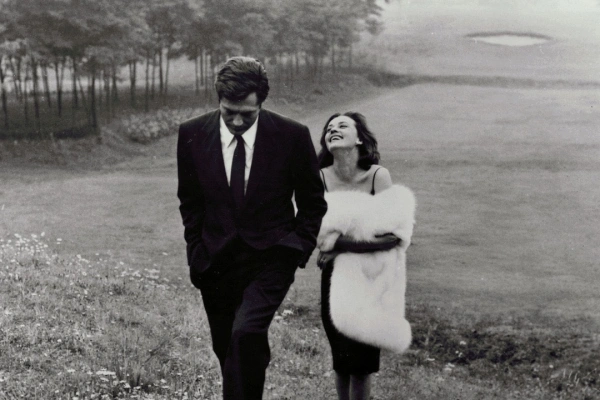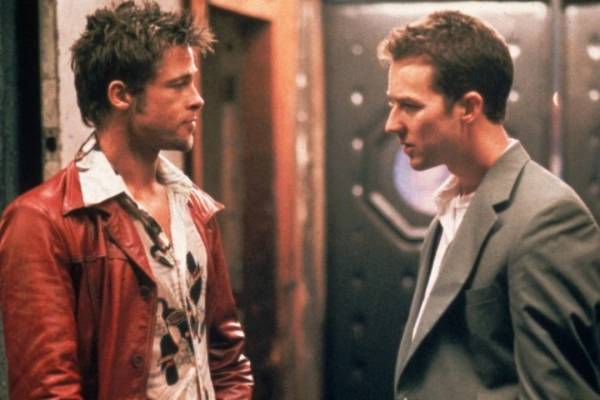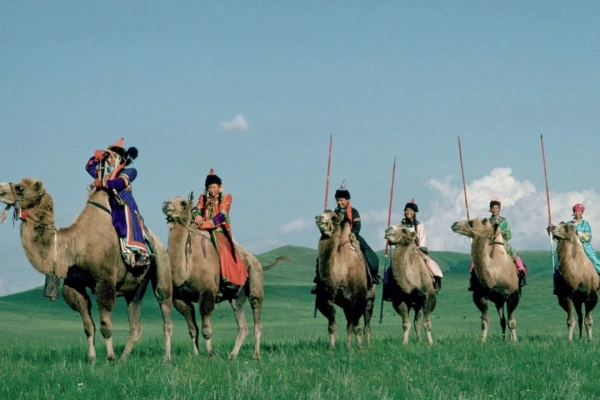Renoir’s extraordinarily beautiful work, shot entirely in India in Technicolour, is a triumph of cross-cultural storytelling as it meditates on the ephemerality of life.
Dir. Jean Renoir
1951 | India/France | Drama/Romance | 99 mins | 1.33:1 | English
PG (passed clean)
Cast: Patricia Walters, Nora Swinburne, Esmond Knight, Radha, Adrienne Corri, Arthur Shields, Thomas E. Breen
Plot: Three adolescent girls growing up in Bengal, India, learn their lessons in life after falling for an older American soldier.
Awards: Won International Award (Venice); Nom. for Best British Film & Best Film from any Source (BAFTAs)
Source: Beta Film
Accessibility Index
Subject Matter: Moderate
Narrative Style: Straightforward
Pace: Normal
Audience Type: Slightly Arthouse

(Reviewed on Criterion Blu-ray)
Spoilers: No
One of the standout films of Jean Renoir’s great career, The River is essential viewing for cinephiles. For a filmmaker who has made such gems of French cinema as Grand Illusion (1937) and The Rules of the Game (1939), The River is something of an anomaly: it was shot entirely in India. And because of this reason, it remains to be one of the most culturally-enriching works of world cinema.
Renoir’s intrinsic interest in Rumer Godden’s novel of the same name lays the groundwork for him to tackle a culture entirely foreign to him, but one that has fascinated him deeply.
(A bit of trivia: Godden’s writings had been no stranger to film adaptations. In fact, her first bestseller to be adapted came in the form of Michael Powell and Emeric Pressburger’s Black Narcissus in 1947).
Some have debated about The River’s cultural authenticity (after all we are looking at India through French eyes), but Renoir’s style is so natural that it is very easy to be immersed into the sights and sounds, of which there are many to appreciate, including Indian festivities and ceremonies.
“The day ends. The end begins.”
In a way, there is a kind of documentary aspect to The River, particularly shots of fishermen on boats, or kids on the ubiquitous steps that lead to the Ganges River. These can’t be recreated in a studio setting, and I feel that there is some real authenticity that we are seeing in our own eyes—and in glorious Technicolour no less.
Crossroads is the key theme. In this case, it is not just Renoir leaving the comfort of his homeland to direct a film, but the idea of cultural assimilation as the narrative centers on a British family at ease with Indian customs and traditions.
However, when an American friend (a soldier with a prosthetic leg) visits, three of the girls become infatuated with him.
The River is narrated traditionally, like an educational storybook, and I feel this is quite refreshing. Some might see it as a coming-of-age film, which is not entirely untrue, but Renoir’s work is best appreciated as a meditation on the ephemerality of life.
Grade: A
Trailer:












[…] he later worked as screenwriter on a film adaptation of another of his work with Jean Renoir in The River (1951), which like Black Narcissus was shot in resplendent […]
LikeLike